The integration of very large sensors can only have a positive impact on image quality if the entire imaging chain follows. Although the image processors are more and more efficient, there are still doubts about the optical part of the future high-end terminal, the 12S. Let’s hope that Xiaomi and its partner Leica have found the martingale.
After signing a partnership with Leica last May, we know that the Chinese smartphone manufacturer Xiaomi is preparing to launch its 12S, the first high-end photo-oriented smartphone, the fruit of the alliance between the two. A device that incorporates a 1-inch sensor, the “large” format of small sensors – or the smallest of large sensors, depending on how you see the world.
This sensor was designed by Sony and Xiaomi and is called IMX989. A brand new reference in the Sony catalog, which cost 15 million dollars to develop. Costs shared between Xiaomi and Sony – and co-development that gives Xiaomi control of the low-level logic components integrated into the chip. Understand that even when competitors buy the sensor, they won’t have access to its “guts”. An important detail, as Oppo’s photo boss explained to us last March at the MWC.
We do not yet know the technical details of this super sensor which will only be integrated into the 12S Ultra (the 12 and 12S versions will use the IMX707, a smaller sensor, but already substantial: 1/1.28”). We can just assume (hope!) that Xiaomi and Sony have taken the best of current technologies like memory stacking on the back of the sensor (Stacked Sensor), that it is a back-illuminated sensor (BSI) and that the two friends have created an arrangement of the photodiodes (density, type) with small onions.
However, if we can salute the performance of integrating a 1 inch sensor in a smartphone, we must however remember that this is not the first time. And that such a sensor does not guarantee the best image quality. Because the photographic technique is not based solely on the size (and nature) of the photosensitive surface…
1 inch sensor: the return of the king
It is neither among the glories of the past, nor among the current behemoths that you have to look for the first smartphone equipped with such a sensor, but with a challenger who has since faded away: Panasonic. A former big phone manufacturer and big loser in the smartphone battle, Panasonic is also a name in photography with its Lumix ranges, which range from expert compact to professional full-frame sensor hybrid body.
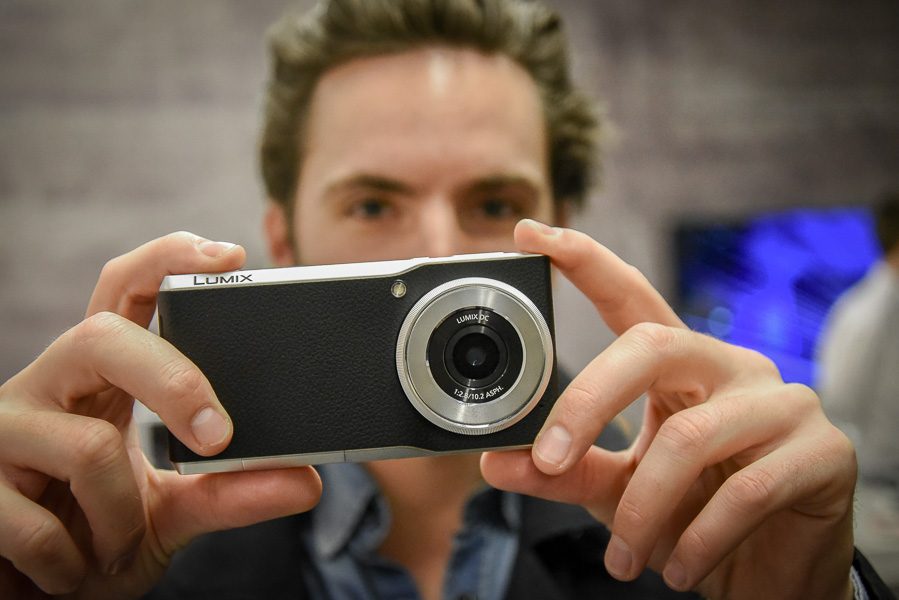
At the end of 2014, the Japanese created a surprise by launching the Lumix CM1, the first terminal in history to integrate a 1-inch 20 Mpix sensor (purchased from Sony). Panasonic was already in partnership with Leica and the terminal thus integrated an optic equivalent to a 28 mm f/2.8 (10.2 mm stamped Elmarit). The CM1 was large, its optics should deploy, the autofocus being rather slow, but in return offered an unprecedented image quality on a smartphone.
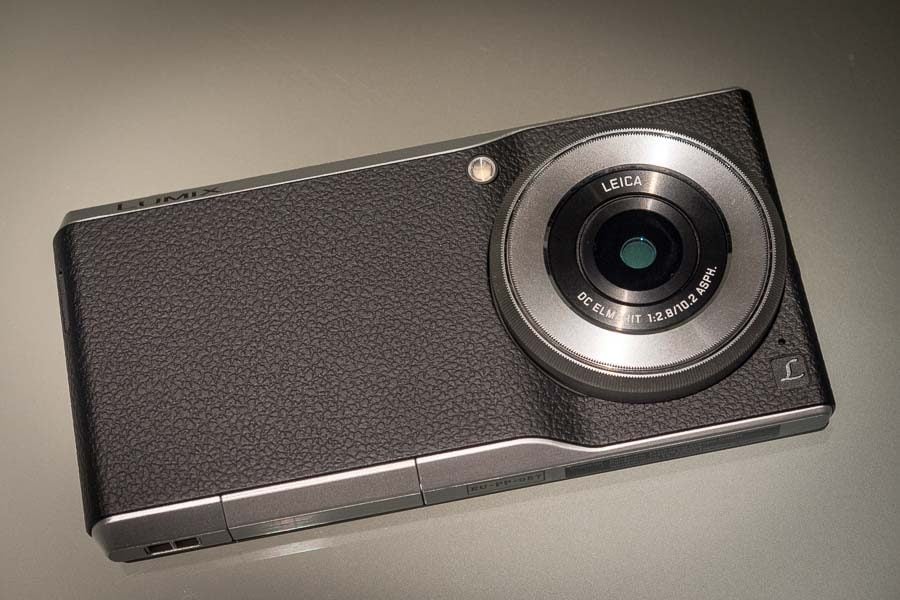
If the terminal was very expensive for the time and was only considered a success, the arrival of the 1-inch sensor in the field had the effect of a bomb. Because it must be understood that this component, initially developed for the late Nikon’s first hybrids (the Nikon1), changed the rules of the game. It is this sensor that allowed Sony to kick the buttocks of Canon and Nikon in compacts experts – before selling whole pallets to Canon and Panasonic. Its excellent size/performance ratio is indeed the perfect balance between portability and image quality… in cameras. Very restrictive at the optical level (as we will see), the 1 inch sensor in smartphones will be abandoned after the Panasonic CM10, a light version of the CM1 launched in early 2016 and deprived of telephony.
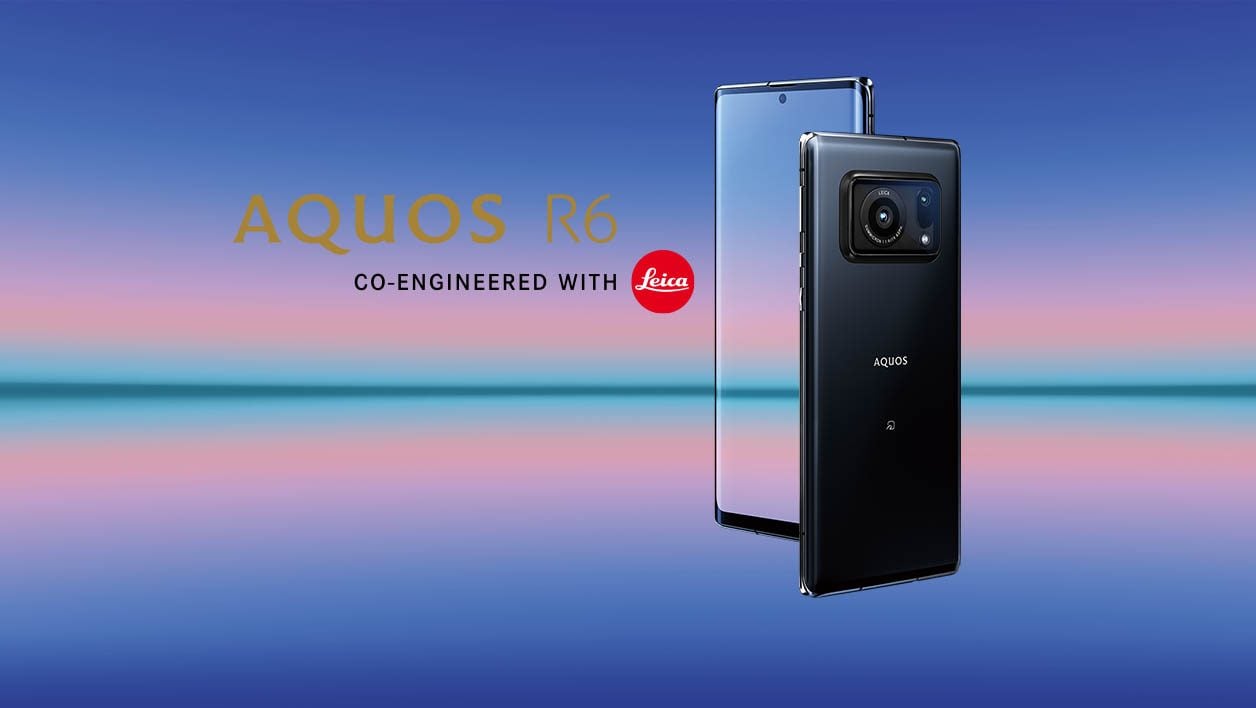
We will then have to wait for the Sharp Aquos R6 launched in Japan in May 2021 to see the 1-inch sensor appear again in a smartphone. And, a few months later, the Leitz Phone, a terminal stamped Leica and co-developed by the German optician and Sharp. Two terminals that have not arrived on our shores and whose tests are rare and incomplete.
Closer to us and marketed in our latitudes, we must also mention the Sony Xperia Pro-I, a very high-end smartphone that “almost” embeds a 1-inch sensor. Why “almost”? Because if the sensor is in 1 inch format, the integrated optics do not produce an image circle completely covering the 20 Mpix – only the 12 Mpix of the sensor core are supplied with photons. Therefore limiting the definition, but also the background blur effect that we are entitled to expect, the 1 inch sensor being in fact a 1/1.31 ” sensor in use. All this for a concern of optical size. The optics being the major unknown. And the potential weakness.
The optics will make the difference
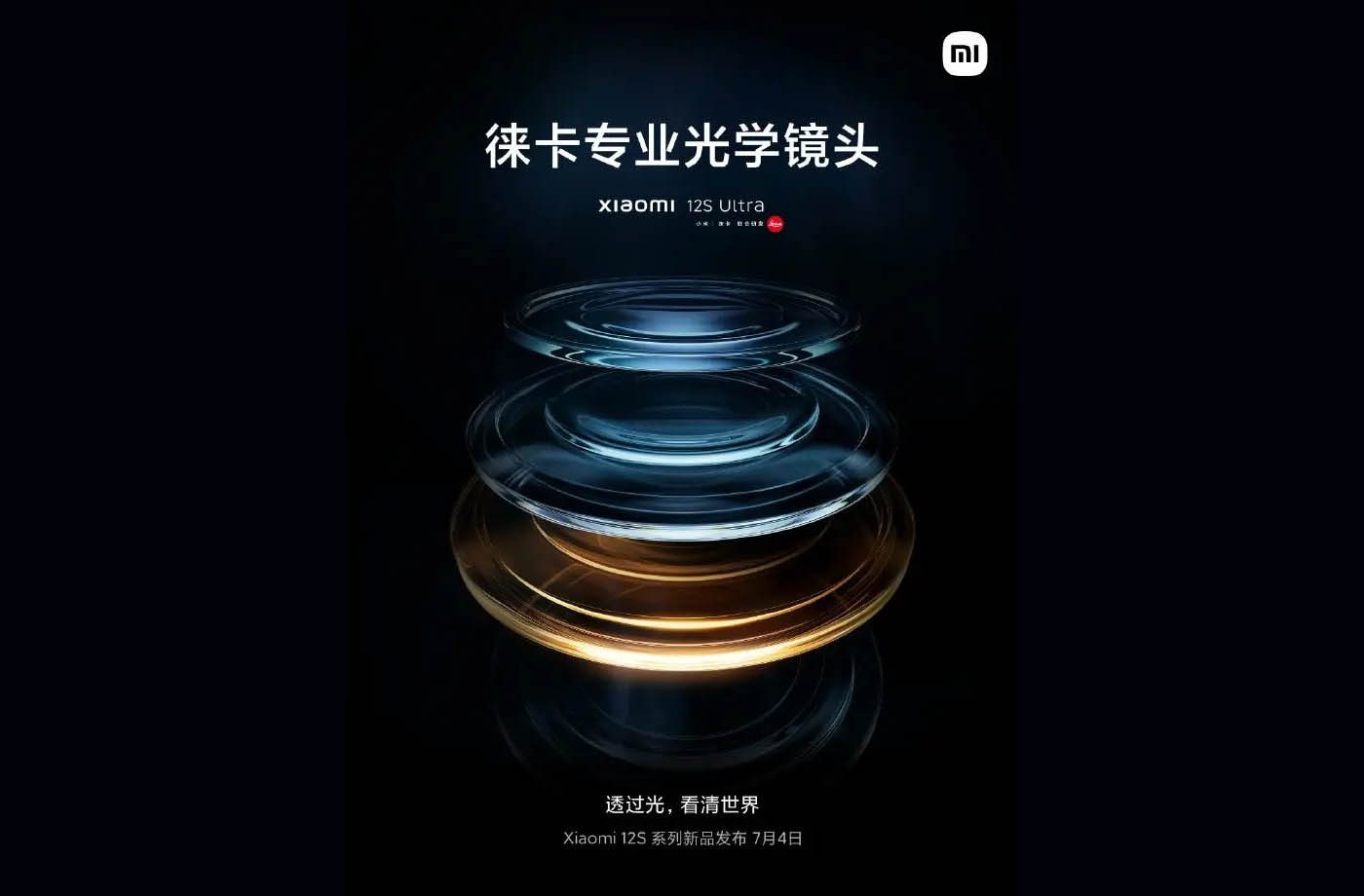
” The 1 inch sensor has, it is true, an aura of ”Holy Grail” in the middle of the photo “, confided to us last June Oliver Schindelbeck, senior manager of smartphone technologies at the German optician Zeiss. ” Certainly, on paper, the larger the sensor, the better. But the numbers – 1 inch or otherwise – are technically irrelevant. You have to look at the whole system: sensor, optics, processor, energy consumption and size. However, such a large sensor in a device with such size constraints implies a high risk of compromise on the optics “Explained the engineer who supervised the development of Vivo’s X80 Pro.
In short: the largest and best sensor in the world is of no interest if the optics do not follow.
Let’s take a look at what we already know about Xiaomi/Leica optics. Compared to Panasonic’s first CM1, it is already brighter. Compared to the 28mm f/2.8 Summarit, the optics integrated in the main camera module which will integrate the 1-inch sensor is announced as belonging to the “Summicron” family, which implies an aperture of f/2.0. If these figures do not speak to you, know that an optic at f/2.0 collects twice as much light (100%!) more than an optic opening at f/2.8. Yes, it’s not very intuitive, it’s a horrible logarithmic scale.
Leica optical nomenclature:
f/1.0: Noctilux
f/1.4: Summilux
f/2.0: Summicron
f/2.8: Elmarit
f/3.5 and above: Elmarit
This optical unit, which several sources say contains 8 lenses (8P, which is a lot for a smartphone) has the difficult task of collecting light by correcting distortions and chromatic aberrations as much as possible. Its structure also depends on the focusing speed. And this is where it can go wrong: the larger the elements to be moved, the more cumbersome the system for moving the lens(es). And they will necessarily be substantial, since Xiaomi has guaranteed that unlike Sony’s Xperia Pro-I, the 1-inch sensor will be fully utilized. Xiaomi and Leica therefore have an interest in having developed an optic that both produces a huge image circle, without degrading image quality and without slowing down the focusing process. Easier to write than to do.
The impact of the Leica “consulting firm”
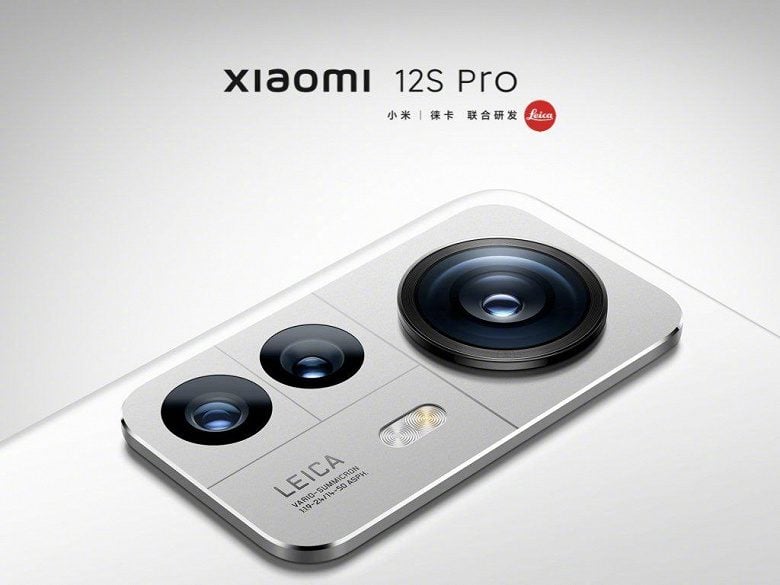
As we explained to you in this article, Chinese smartphone brands are more and more fond of the photographic expertise of European opticians and photo manufacturers. Very open on the subject, the engineers from Zeiss and the photo division of Vivo whom we met on the occasion of the launch of the X80 Pro in Berlin last June explained to us a little about the mode of operation: Zeiss – and by extrapolation Leica – behave as coordinators of the photographic partition of the smartphone. They are not expected to develop optics – companies are specialized in this department – but support on the integration of technologies, on the interpretation of colors, writing and checking specifications, etc.
Leica already has a long list of partnerships behind it, ranging from the more marketing – like renaming cameras like Panasonic’s digital compacts or Fujifilm snapshots – to real technical collaborations. With Panasonic, for the high-end optics of Lumix hybrids. But also and above all with Huawei around, precisely, smartphone camera modules. A partnership is worth the investment of both parties, and the Huawei case has proven that the alliance has quickly gone from a thing that smells a bit like a marketing announcement to a real world domination of the photo, with the point organ the P30 Pro – the following terminals were still very good, but deprived of Google and therefore doomed to fail.
Out of our scope and in the secrecy of many cutting-edge optician laboratories and optical startups, is hiding, we hope! – an optic combining an innovative formula, advanced materials, software correction routines (compulsory in smartphones) to the hair, etc. If Leica and Xiaomi have cleared the ground well and succeeded in the integration, then the 12S Ultra will be able to shine thanks to its 1 inch sensor. But the challenge is daunting, and doubt allowed.
Android Authority
[related_posts_by_tax taxonomies=”post_tag”]
The post Why the 1 inch sensor of the Xiaomi 12S Ultra does not guarantee its success appeared first on Gamingsym.
